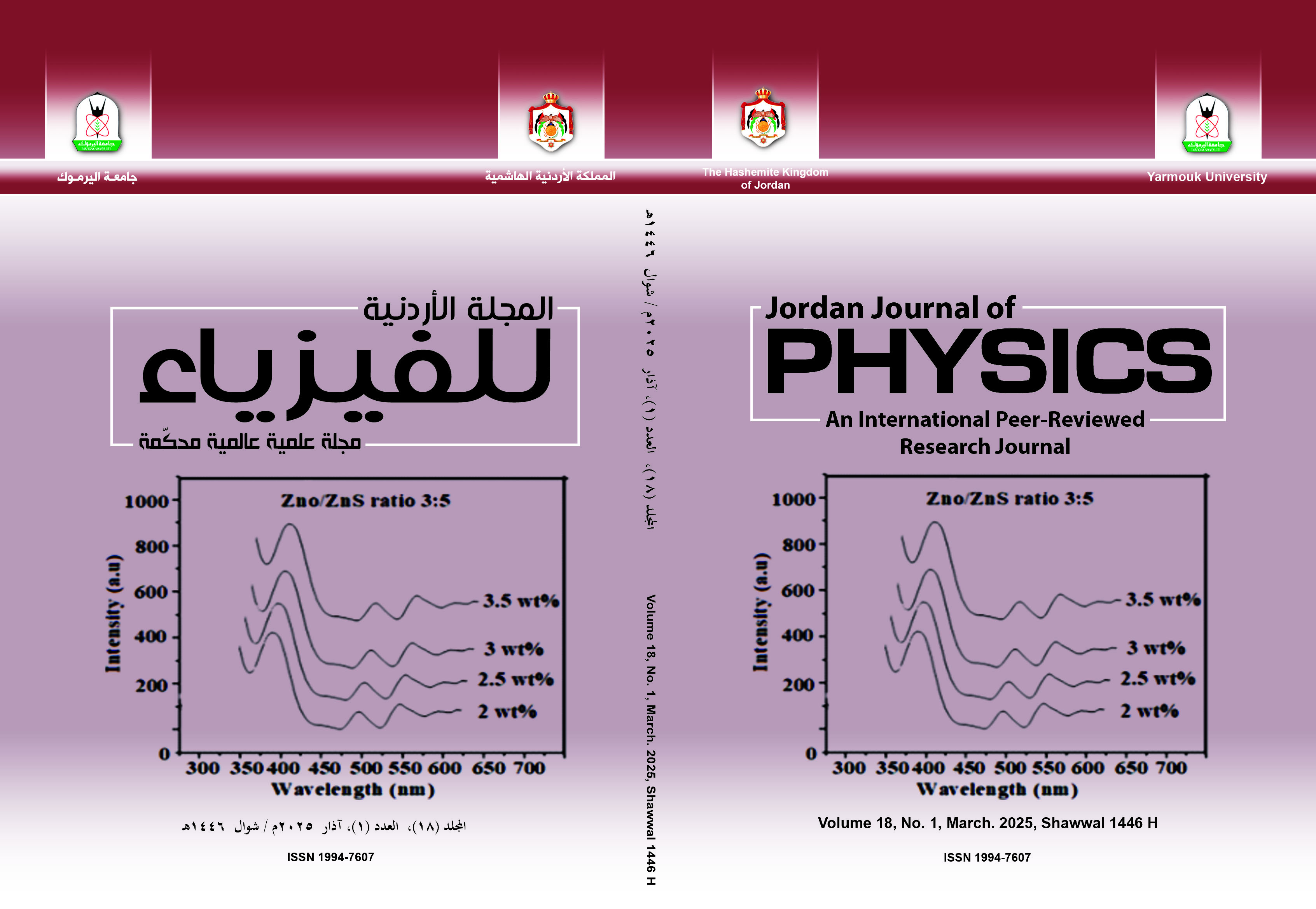Study of Elements, Functional Groups and UV Characteristics of Trapped Dust in the Filters of Air Conditioners for the Purpose of Air Quality Awareness
Keywords:
Dust sample, Elements, Functional groups, Air quality, LocationAbstract
Abstract: The current study on air quality awareness at Bowen University was undertaken to determine elements, functional groups, and UV characteristics of air conditioning (AC) filter dust collected from various buildings on campus. Atomic absorption spectroscopy (AAS), Fourier transform infrared spectroscopy (FTIR), and ultraviolet (UV) analysis were performed on the samples to raise community awareness. AAS revealed the presence of eleven elements in the samples: Na, K, Ca, Mg, Fe, Cd, Zn, Mn, Cu, and Cr. FTIR analysis identified thirteen functional groups with origin = N – H, C – N, N – H, SiO3, C – S, C – H, -NCS, = N – H, -O-C N, C = C – C, -C=N-, P – O – C, and C C, with maximum wavenumber peaks ranging from 3350 to 3320 cm-1. The transmittance ray's visibility showed the presence of the orange-to-red spectrum at wavelengths between 650 and 750 nm. The study concludes that the presence of these elements, functional groups, and UV rays in the dust accumulated on AC filters underscores the importance of regular cleaning and maintenance. Proper upkeep of AC filters can help prevent dust inhalation, reducing the risk of nasal and respiratory diseases within the community.


